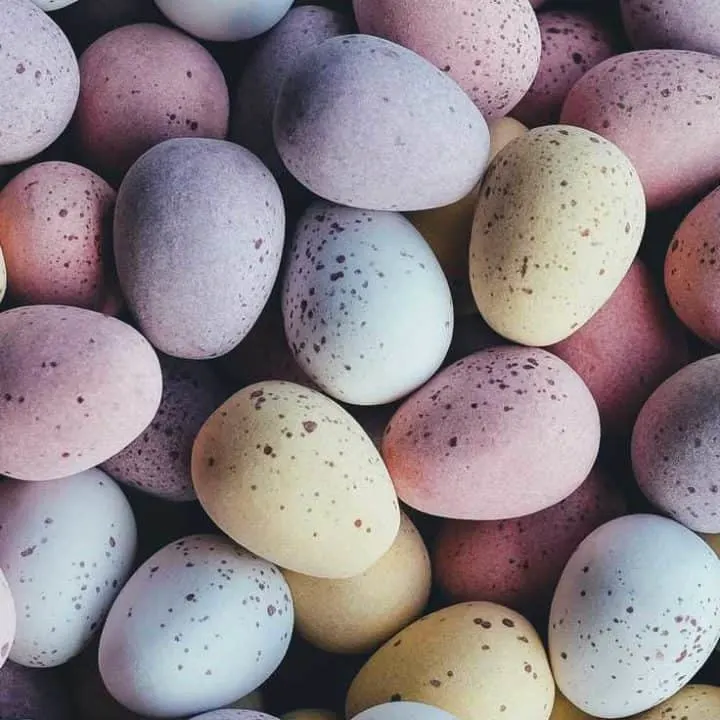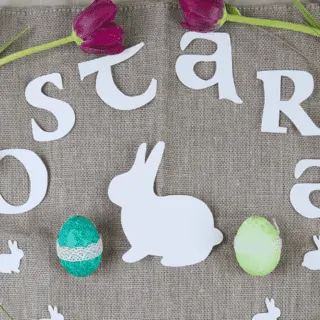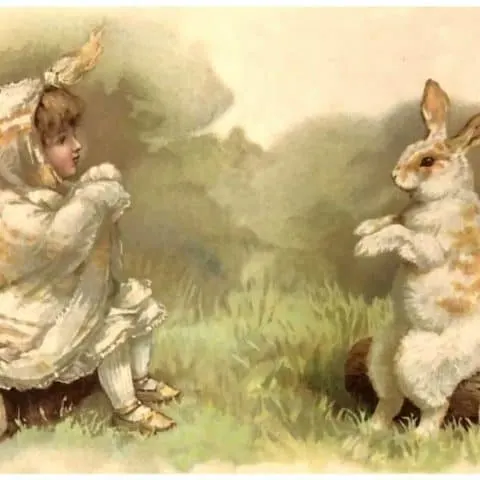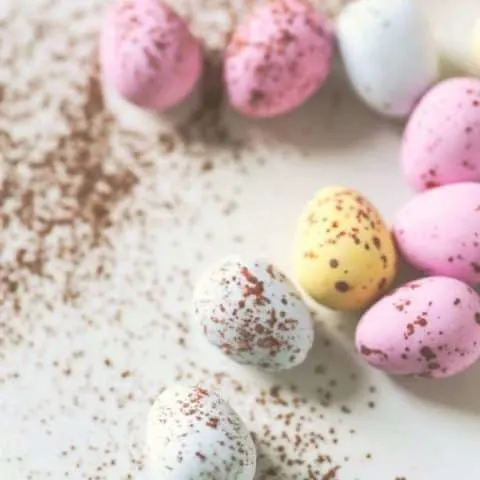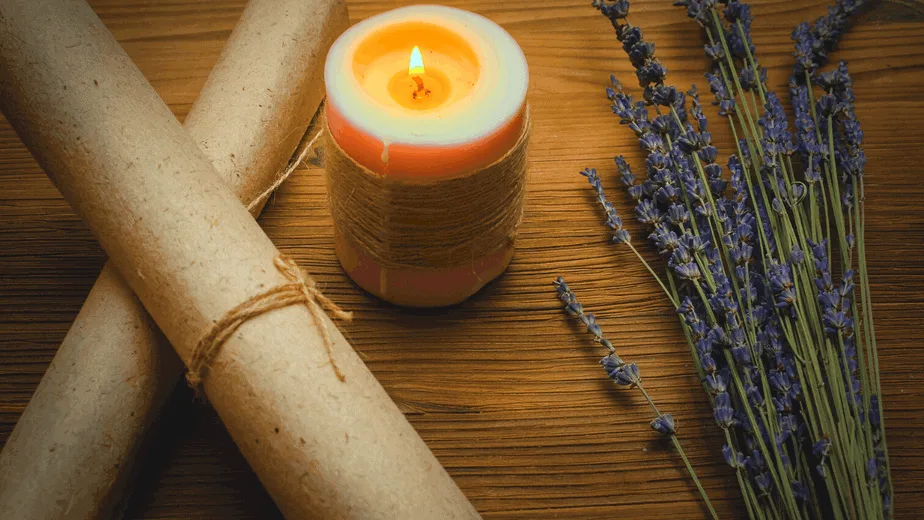Please note that posts on this site may contain affiliate links
For modern pagans and witches, Ostara is the celebration of spring. The holiday is a time when fertility, growth and new life are celebrated. The holiday falls on the Spring Equinox.
As with many modern pagan traditions, there’s not a lot of historical evidence about Ostara. However, there is some evidence that it was a pagan holiday on a Northern European calendar.
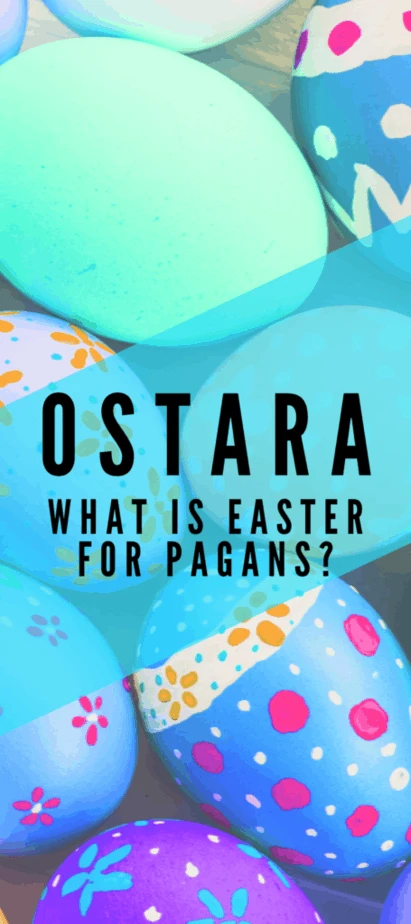
Modern Witchcraft And Ostara Rituals
Modern witches celebrate Ostara by bringing in the spring. They’ll turn their houses into a nest for new life, and decorate their homes with eggs, flowers, hares, and flowers.
Ostara is a holiday that emphasizes fertility, as well as the cycles of the earth. Many pagans and witches use this holiday as a time to take stock of their lives, and to purify both their bodies and minds before the coming harvest season.
This round up will give you a little taste of what modern pagans and witches do when it comes to celebrating Ostara.
Ostara Facts And Correspondences
Perhaps you have heard the term "Ostara" used as a pagan holiday and are not sure where it fits into your practices and beliefs. Or perhaps you are new to paganism and would like to know more about one of the spring holidays. Either way, this article is here to help.
What is Ostara for pagans?
Ostara comes from Anglo-Saxon history. The holiday falls at a time when there are approximately equal amounts of daylight and darkness, and it marks the beginning of spring. This time of year was chosen because it is associated with rebirth and fertility. It is also a time to celebrate the coming of spring and the renewal of nature.
This holiday coincides with Easter, and shares many similarities with the Christian holiday.
Egg Magic For Ostara: How To Make An Ostara Egg Spell To Manifest Your Desires
Are you looking to make an Ostara egg spell? If so, this guide is perfect for you! With these easy steps, you'll be able to create a powerful egg magic ritual. Just follow these simple steps and you'll be able to manifest your dreams in no time. So get started today and learn all about the fascinating world of witchcraft!
Pagan Easter Symbols And Their Spiritual Meaning
Looking for a more spiritual way to celebrate Easter this year? Check out our guide to Ostara and its pagan symbols! From the egg to the hare, each symbol has its own deep meaning that can help you connect with the natural world around you. Ostara themes include new beginnings, hope, and fertility. Learn how to bring that energy into your witchcraft by using these powerful symbols!
Get your Ostara celebration started with this delicious Triple Citrus Bundt Cake!
Looking for a delicious way to celebrate Ostara? This Triple Citrus Bundt Cake is the perfect treat! Made with fresh oranges, it's sure to please everyone at your pagan gathering or wiccan celebration. So get ready to enjoy some delicious citrusy goodness - this cake is sure to be a hit! This is the perfect crowd pleaser for your Ostara party!
The Truth About Who The Goddess Ostara Is
What do you know about the goddess Ostara? She's a major figure in some pagan and Wiccan traditions. But what is her true identity? Find out more about this fascinating deity with our guide to the goddess Ostara! Whether you're celebrating Ostara or just want to learn more about her, this guide will give you all the facts you need!
Crystals That Will Help You Feel In Control This Ostara
Looking to feel in control this Ostara? Well look no further than these crystals! They'll help you achieve your goals and reach new heights. With these powerful stones by your side, you'll be able to gain that extra boost of confidence you've been looking for. So start working on those spells and let's get going! We know a few witches who are really feeling in control right now. Are you ready to join them yet?!
Ostara Ritual Supplies For Your Next Celebration
Are you looking for some Ostara ritual supplies to help make your next celebration even better? You've come to the right place! We have everything from candles to incense and so much more. Check out these great items today and start planning your celebrations! Get ready to celebrate with a bang this year!

